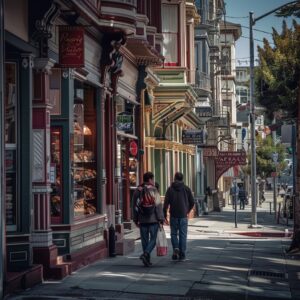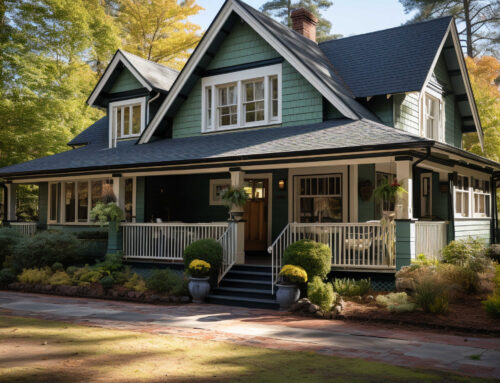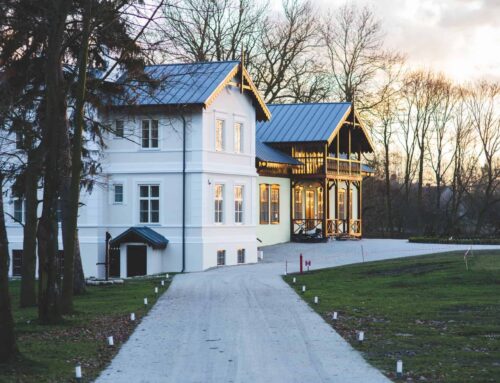The Importance of Walkability and Public Transportation in San Francisco Real Estate: How accessibility and public transit options affect property values and desirability in different neighborhoods
 In the heart of San Francisco, where the urban landscape seamlessly merges with the vibrant culture, the value of real estate transcends the traditional metrics of size and amenities. Here, walkability and public transportation emerge as critical determinants of property desirability and value, shaping the living experience in this bustling city. The influence of these factors on real estate in San Francisco’s diverse neighborhoods reveals a nuanced narrative about urban living and sustainability.
In the heart of San Francisco, where the urban landscape seamlessly merges with the vibrant culture, the value of real estate transcends the traditional metrics of size and amenities. Here, walkability and public transportation emerge as critical determinants of property desirability and value, shaping the living experience in this bustling city. The influence of these factors on real estate in San Francisco’s diverse neighborhoods reveals a nuanced narrative about urban living and sustainability.
Walkability: A Key to Urban Living
Walkability refers to how friendly an area is to walking. In San Francisco, a city known for its steep hills and breathtaking views, walkability signifies more than just the ease of getting around on foot. It represents accessibility to essential services, parks, restaurants, and cultural hotspots. Neighborhoods with high walkability scores, such as the Mission District, North Beach, and Hayes Valley, are highly sought after. These areas offer residents the luxury of living within walking distance of many amenities, fostering a sense of community and belonging. Moreover, walkability contributes to healthier lifestyles, reduced car dependency, and a smaller carbon footprint, aligning with the growing demand for sustainable living practices.
The real estate market responds accordingly to these preferences. Properties in highly walkable neighborhoods often command higher prices and experience quicker sales. Investors and homeowners recognize the value of a location that offers convenience and an enriched urban living experience. As such, walkability has become a prominent feature in real estate listings, reflecting its importance in the decision-making process of potential buyers.
Public Transportation: The Lifeline of the City
San Francisco’s public transportation system, encompassing MUNI (San Francisco Municipal Railway), BART (Bay Area Rapid Transit), and several bus lines, is a critical infrastructure that supports the city’s economic and social fabric. The availability and efficiency of public transit options significantly affect property values and desirability in various neighborhoods.
Neighborhoods with accessible and reliable public transportation connections, such as those near the Embarcadero or along the Market Street corridor, are particularly attractive to individuals working in the downtown core or in other parts of the Bay Area. These areas enable residents to easily commute to work, access entertainment and cultural venues, and connect to other parts of the city and surrounding regions. As a result, properties in these neighborhoods tend to have higher values and demand, reflecting the premium placed on convenience and connectivity.
Furthermore, the presence of well-established public transit options can spur development and revitalization efforts, transforming underdeveloped areas into thriving urban spaces. The planned expansion of public transit infrastructure, such as new MUNI routes or BART extensions, often leads to increased interest and investment in adjacent neighborhoods. This anticipation of improved accessibility can drive up property values even before the projects are completed, illustrating the profound impact of public transportation on real estate dynamics.
The importance of walkability and public transportation in real estate in San Francisco cannot be overstated. These factors significantly influence property values, desirability, and the overall quality of urban life. As the city grows and evolves, integrating sustainable transport options and pedestrian-friendly urban design will remain crucial in shaping its real estate landscape. By prioritizing accessibility and connectivity, San Francisco can continue offering residents a vibrant and desirable living environment, ensuring its status as one of the world’s most dynamic and livable cities.




